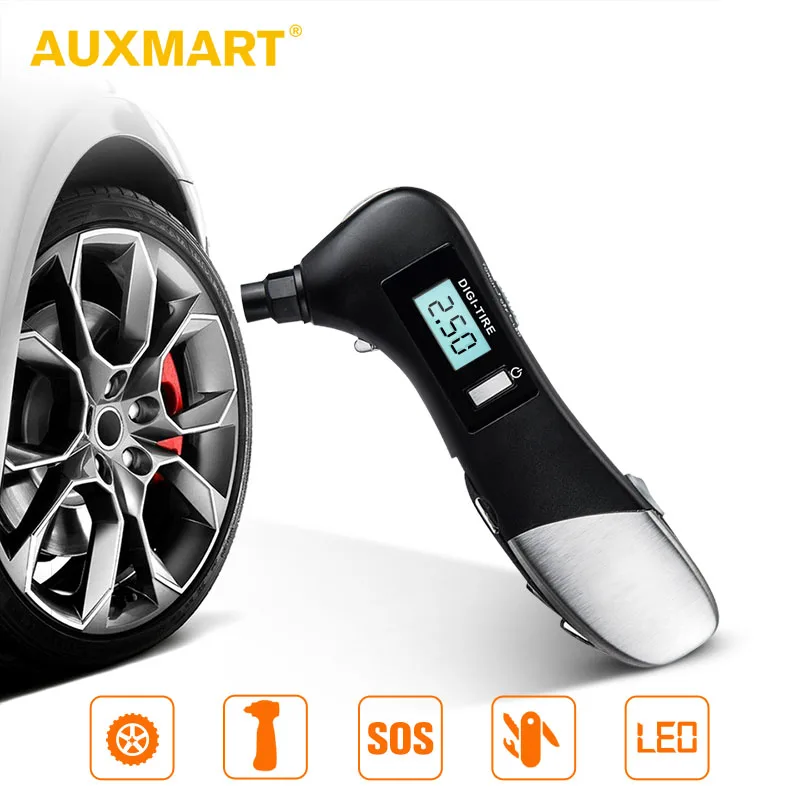When your Tire Pressure Monitoring System (TPMS) lights up, one or more of your tires might be under-inflated. Or your TPMS system itself might need service -- from a simple reset to new seals to a TPMS sensor replacement.
Your Midas technician can check your tire pressure, tell you why the light is on, and make sure your TPMS is working to alert you to any dangerous loss of tire pressure.
The TPMS light is a dashboard alert that lets you know when one or more of your tires is under-inflated. Depending on your vehicle, tire pressure is monitored either by your ABS system or by a battery-powered sensor mounted on each wheel or tire. Your Tire Pressure Monitoring System is an important safety feature because under-inflated tires pose an increased blowout risk. TPMS is also a cost-saving feature because low tire pressure shortens tire life. An under-inflated tire wears down prematurely at the edges.
Different TPMS systems have different repair and service options. For instance, most TPMS sensors do not have removable batteries, so the entire sensor must be replaced when the battery is drained. Here are the TPMS service options at Midas:
A steady TPMS light usually means one or more of your tires is under-inflated. Depending on your vehicle, various pressure conditions may trigger a TPMS alert, such as a sudden change in pressure, or your tire pressure falling too low by a certain percentage. A blinking or flashing TPMS light usually indicates an issue with the TPMS system itself, such as a dead TPMS sensor battery. Check your vehicle manual to learn what triggers your particular TPMS light.
If you’ve added air to your tires and verified their inflation levels with a tire pressure gauge, there are three possible reasons for the TPMS light to stay on:
It is only safe to drive with the TPMS light on if you’re certain your tires are maintaining proper pressure (suggesting the light is on because of a TPMS system issue). It’s unsafe to drive on improperly inflated tires, so check your tires with a pressure gauge as soon as your TPMS light comes on. If your tires maintain correct pressure but the light still won’t go off, it’s time for diagnostic service on your TPMS.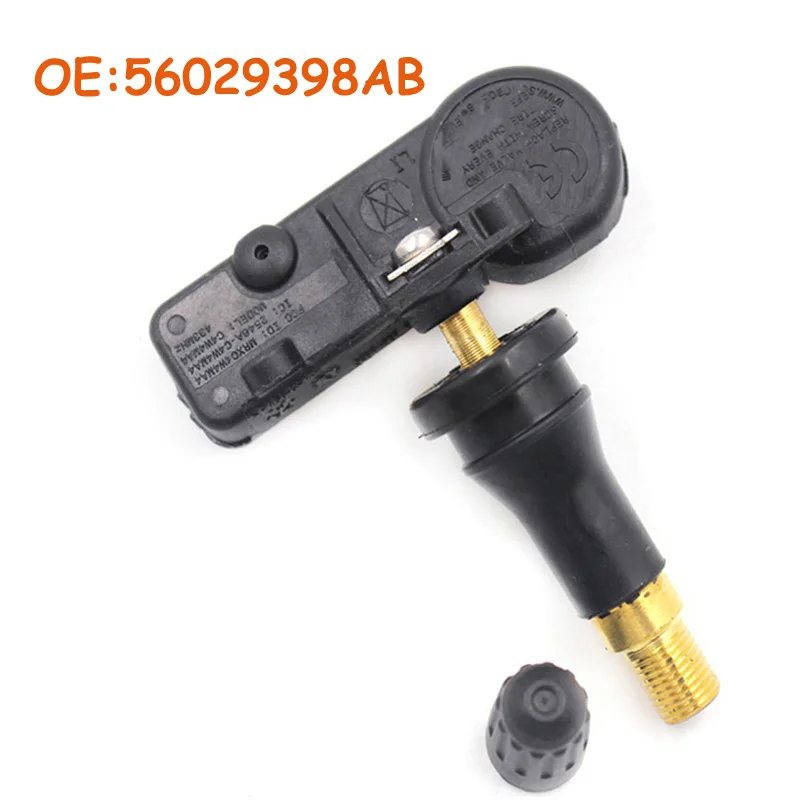 In this case it’s OK to drive in the short term, as long as you monitor your tire pressure carefully -- and remember that you may not be reliably alerted to dangerous changes in tire pressure.
In this case it’s OK to drive in the short term, as long as you monitor your tire pressure carefully -- and remember that you may not be reliably alerted to dangerous changes in tire pressure.
A TPMS sensor is typically replaced when its battery runs out. Very few sensors come with removable batteries, so the lifespan of a TPMS sensor is usually equal to its battery life.
You don’t need to replace your TPMS sensors when buying new tires, but it’s often convenient to do so if the sensors are more than a few years old. Most TPMS sensor batteries last five to ten years, so older sensors may not last as long as your new tires. Many drivers prefer to avoid the hassle of replacing TPMS sensors mid-way through the tire lifecycle.
Midas recommends a TPMS Service Kit when replacing tires. This kit contains replacement parts for the sensor’s valve stem seals and nuts to ensure a perfect fit to your new tires.
Your local Midas technician can help you decide whether to replace TPMS sensors based on the life expectancy of your new tires, and we’ll be here to replace your sensors when the time is right.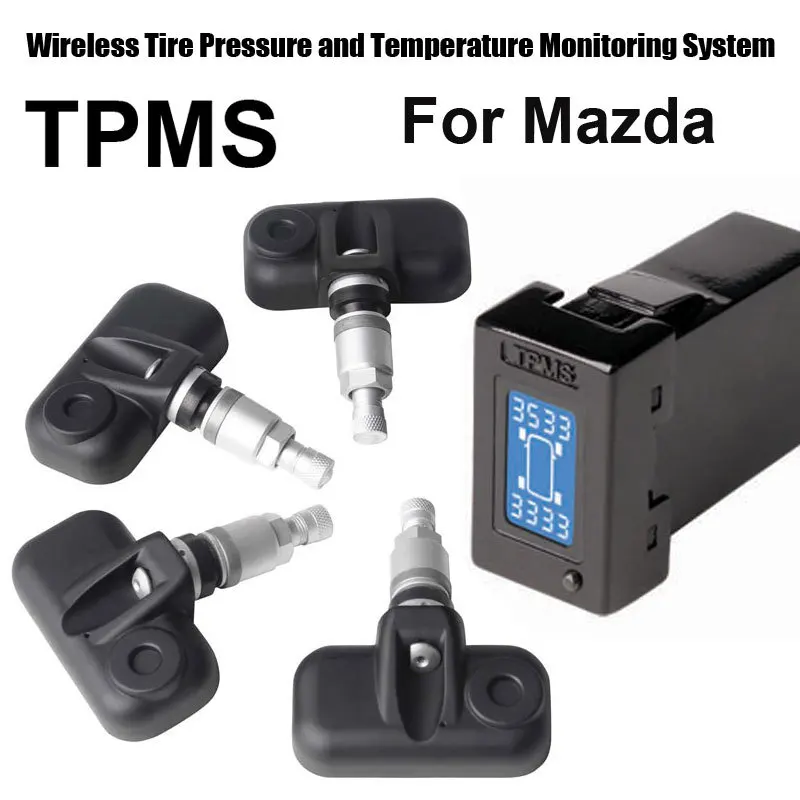
You should always reset your TPMS after changing or rotating tires, or installing new sensors. Some sensor manufacturers recommend resetting it even after adding air to your tires. Resetting the TPMS is often described as retraining the main TPMS system by teaching the system to recognize the sensors in their new positions. Depending on your vehicle, the TPMS reset procedure consists of sequence of ignition and pedal movements, or changing a setting in your dashboard menu, or using a TPMS Reset Tool.
Check your vehicle manual or ask your local Midas technician how to reset your TPMS after tire service.
Today’s vehicles come equipped with an ever-growing number of safety appliances, intended to keep motorists out of harm’s way. Many features and functions of this type are government mandated, and now come standard on virtually every vehicle manufactured.
Few of these safety features and functions are as prevalent as the Tire Pressure Monitoring System (TPMS), which was universally adopted by American automakers in 2007. This system alerts drivers when one or more of their vehicle’s tires have begun losing a noteworthy amount of air.
Though quite helpful in a sense, the modern TPMS system is not without its occasional flaws. With time, the components utilized by this system are subject to failure, thereby presenting a TPMS Fault, which must be addressed.
Read on to learn more about TPMS faults, as well as how to handle such issues, should they arise in the future.
Table of Contents
The modern Tire Pressure Monitoring System relies upon a set of sensors, which transmit critical data to a central management unit. This data reflects the approximate air pressure found within each tire. Each tire mounted on a vehicle equipped with a TPMS system has its own position-specific sensor, thereby allowing for efficient monitoring.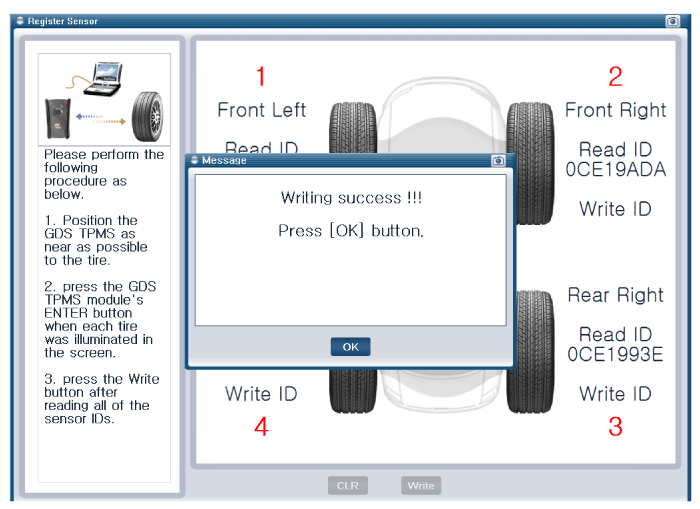
Unfortunately, these sensors are not intended for indefinite use, and typically require replacement at some point during the average vehicle’s service life.
This stems from the fact that each TPMS sensor is fitted with a miniature battery, which discharges over time. These batteries are non-replaceable, necessitating sensor replacement upon failure.
When a particular TPMS Sensor is no longer capable of transmitting data to the vehicle’s receiver, a TPMS Fault is stored, notifying the vehicle’s driver that monitoring has been effectively compromised. In order to alleviate this fault, the sensor in question must ultimately be replaced.
Many vehicles featuring first-generation Tire Pressure Monitoring Systems proved incapable of distinguishing between a faulty TPMS sensor, and a low PSI reading. In fact, only a single light was used in most cases to indicate either of these two issues.
For this reason, a “Sensor Fault” might be indicative of little more than a low tire in certain situations.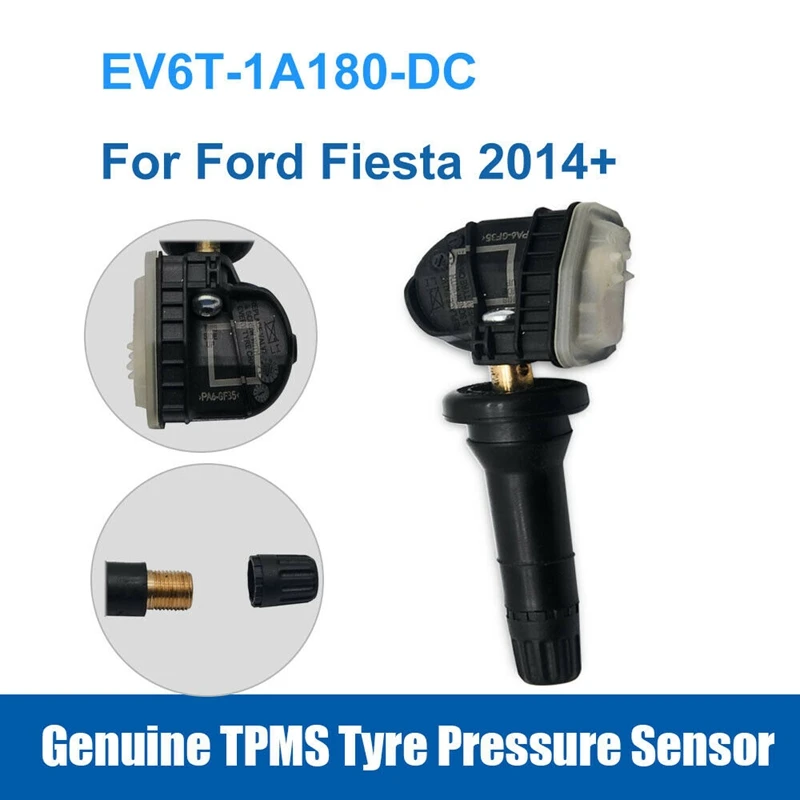
Read Also – Run Flat Tires vs Spare vs Repair Kit
The TPMS sensors are mounted to a tire’s valve stem, lying just to the inboard side of a tire’s bead. Due to the location of this sensor, special care must be taken when mounting or dismounting a tire, in order to prevent damage.
However, a few manufacturers have been known to mount a wheel’s TPMS sensor within a tire by alternative means. Many Ford vehicles feature TPMS sensors that are affixed to a metallic band, which clamps around the center circumference of a tire’s rim.
A Tire Pressure Sensor Fault can be caused by a number of underlying issues. Understanding the potential causes of this fault can prove helpful when attempting to remedy the problem at hand.
The following are several of the most common causes of a TPMS Fault.
One of the most common causes of a Tire Pressure Sensor Fault is the loss of battery charge within a TPMS Sensor itself.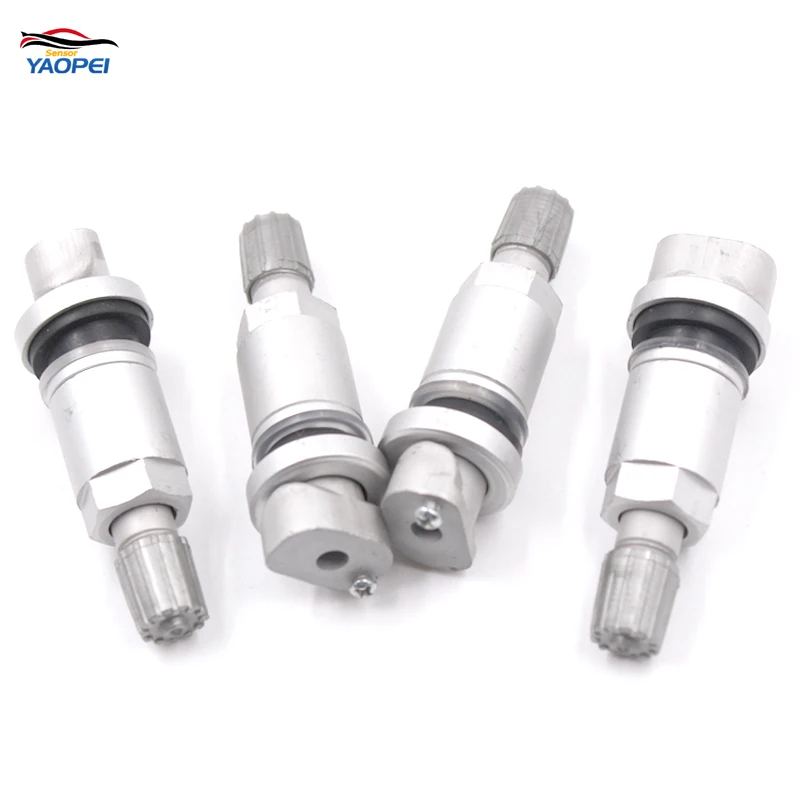 These sensors contain small batteries that discharge with time, thereby necessitating sensor replacement.
These sensors contain small batteries that discharge with time, thereby necessitating sensor replacement.
In certain cases, a tire’s TPMS Sensor can become damaged. This most often results from tire-to-curb impact or the use of incorrect tire mounting/dismounting procedures. More often than not, replacement of the affected sensor will be required.
While most vehicles now differentiate between a “Low Tire Warning”, and a “Tire Pressure Sensor Fault”, some earlier vehicles did not. For this reason, a TPMS Fault might indicate little more than low tire pressure.
In this case, the source of the affected tire’s air loss must be diagnosed.
You can drive with a TPMS Fault. However, doing so is not generally advised. This is due to the fact that in the presence of this fault, a vehicle’s TPMS is rendered ineffective. Though the system itself is still active, it registers little more than the presence of the fault in question.
Simply put, one is always advised to have a TPMS Fault corrected at the first available opportunity. This prevents a motorist from experiencing a low-tire condition at another wheel-end location, unbeknownst to their knowledge.
TPMS sensor replacement is now far less expensive than it once was, leaving little reason to ignore such issues.
At the very least, you should check each of your vehicle’s tires for proper inflation with the use of a manual gauge, before driving any further.
Certain vehicles register low PSI readings as “Tire Sensor Faults” making it necessary to manually establish whether or not each tire is adequately inflated. Driving on an underinflated tire can not only be dangerous but can also do severe damage to an otherwise repairable tire.
See Also – Michelin and GM Collaborate on Airless Tires
Most late model vehicles now feature a selectable TPMS display, which can be accessed via a vehicle’s instrument cluster.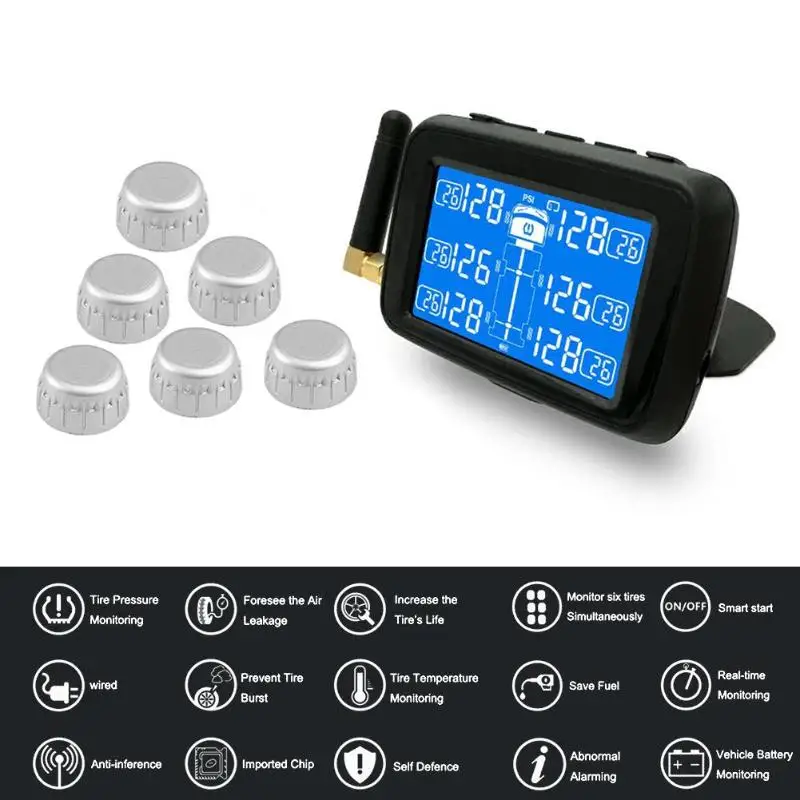 This display will provide feedback regarding each tire’s rate of inflation, and will also identify the sensor that is not providing feedback.
This display will provide feedback regarding each tire’s rate of inflation, and will also identify the sensor that is not providing feedback.
A non-responsive sensor will generally provide no value whatsoever when reviewing this prompt.
Outside of this menu, the location of a defective TPMS Sensor can also be identified through the use of the TPMS relearn tool. Most qualified tire shops and service centers have a tool of this type at their disposal, thereby simplifying the task of identifying a faulty sensor.
Theoretically, a TPMS Sensor can be replaced at home. However, doing so generally requires the use of several tools that the average person does not have at his or her disposal. This includes a tire machine and all appropriate toolage, as well as a TPMS relearn device, in many cases.
Since a vehicle’s TPMS sensor is mounted to a tire’s valve stem in most cases, the affected tire must be deflated and partially dismounted to facilitate replacement. The use of improper equipment to accomplish this task can result in damage to the bead of a tire, thereby causing a significant leak.
The use of improper equipment to accomplish this task can result in damage to the bead of a tire, thereby causing a significant leak.
Luckily, many automotive service centers are equipped to complete such repairs, for a nominal fee. Walmart, Discount Tire, Les Schwab, and Firestone are just a few of the major chain-type service centers which offer such repairs.
See Also – 4 Ways to Care For Your Tires (and Make Them Last Longer)
The exact cost of TPMS sensor replacement varies significantly, based on the year, make, and model of the vehicle that is to be repaired. While replacement sensors for some vehicles are easy to come by and economically priced, others are offered at a premium.
However, based on general averages, one can expect to pay between $70-$200 to have a single Tire Pressure Monitoring Sensor replaced and reprogrammed. Again, this number might be significantly higher, in the case of luxury vehicles, or those of a non-domestic make.
Assuming that your vehicle’s defective TPMS Sensor had been properly replaced, the continued illumination of a TPMS light indicates that this sensor has not yet been registered by the vehicle’s receiver. Most vehicles require a relearn procedure to be performed, in the event that a TPMS sensor has been replaced.
TPMS reset procedures differ from one model of vehicle to the next, though most centers around the use of a specialized relearn tool. Alternatively, some manufacturers require a vehicle to be driven at a designated speed for a set period of time, before a new sensor will be recognized.
If ever in doubt, return to the service center that installed your vehicle’s replacement TPMS sensor, and express your concerns. In most every case, this issue can be alleviated in minutes, getting you back on the road, free of unnecessary worry.
Steve Cooper
Owner at Auto Trends Magazine
Steve is a former ASE Certified Technician and holds a degree in automotive service technology from Weber State.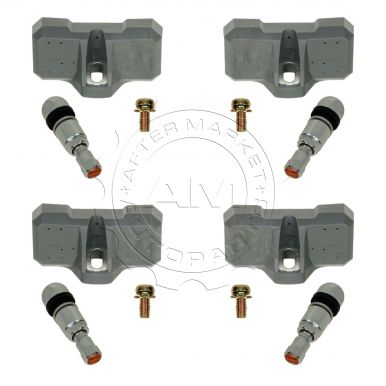 When he's not searching for a 10mm socket in his garage, he enjoys a good BBQ with family and friends.
When he's not searching for a 10mm socket in his garage, he enjoys a good BBQ with family and friends.
Latest posts by Steve Cooper (see all)
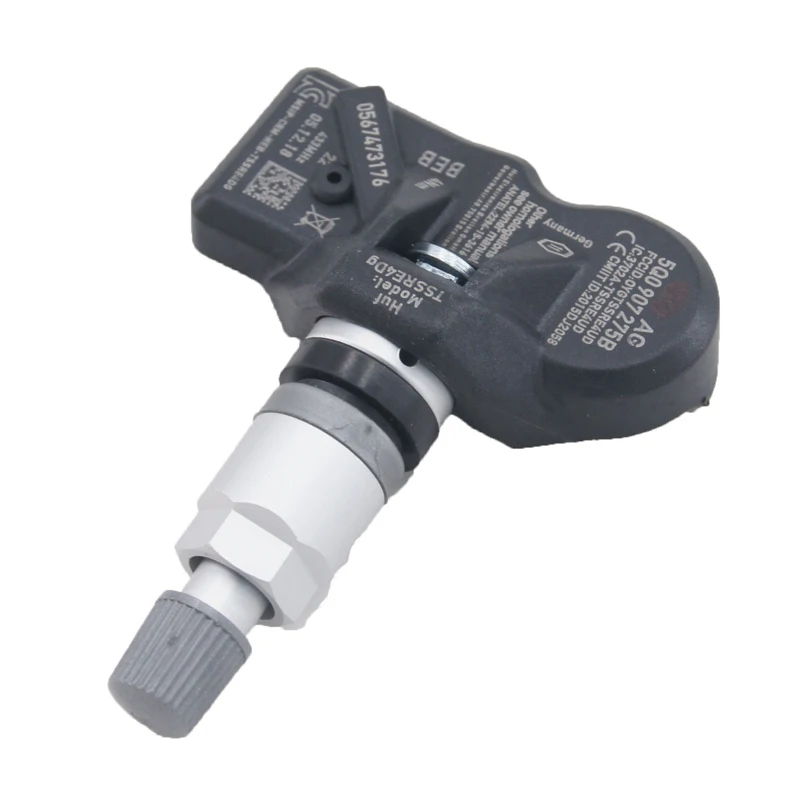 W. Hower
W. Hower Severe operating conditions (road salt, mud, temperature conditions) can lead to premature failure of the tire pressure sensor, and, as a rule, the problem does not occur with the electronic part of the sensor, but with its aluminum fitting.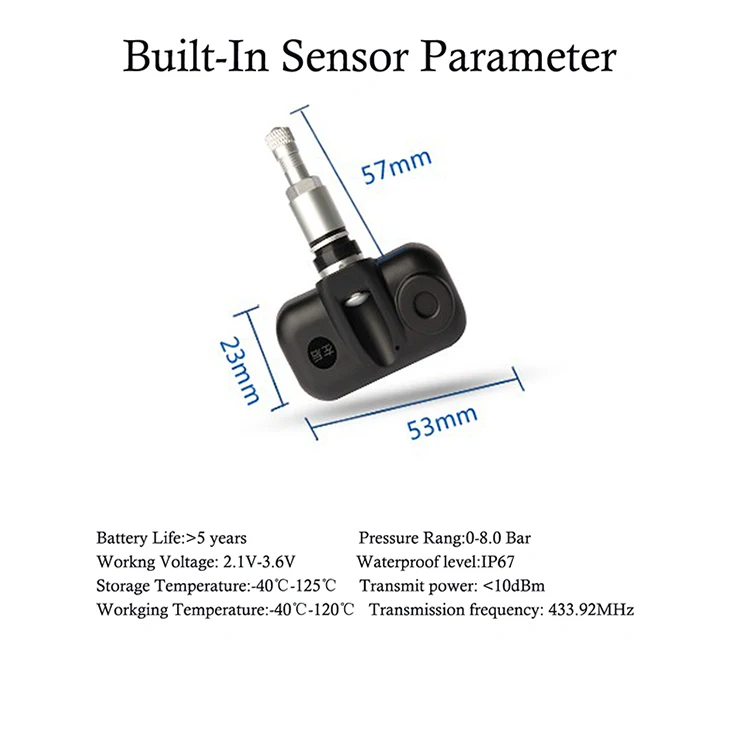 On most sensors, it can be replaced separately and extend the life of this part.
On most sensors, it can be replaced separately and extend the life of this part.
The AllTPMS.ru online store offers repair kits for all possible types of tire pressure sensors in the world.
TPMS sensors do not work correctly and require repair or complete replacement using a repair kit in the following cases:
• mechanical damage;
• broken nipple;
• Thread violation;
• wear of sealing gum;
In the AllTPMS.ru online store, you can choose a tire pressure sensor repair kit for a car model of any model year, starting from 1998 years. In the repair kits catalog, select the make of the vehicle in which the sensor needs to be replaced, and then the year of manufacture and model of your vehicle.
Please note that repair kits from different manufacturers differ in package contents. Repair kits for sensors manufactured by VDO-Siemens, Schrader, Beru-Huf include a fitting assembly; sensors manufactured by Pacific - a nut for fixing the sensor on the wheel and a rubber seal; TRW produces repair kits in two versions.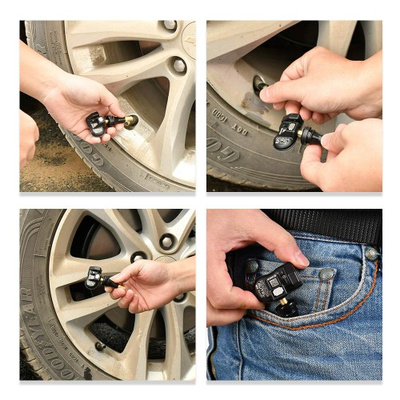
Timely repair of air pressure sensors will prevent malfunctions in the car. Low air pressure in tires increases fuel consumption and reduces vehicle stability. High pressure levels increase the load on the body and suspension, accelerating wear. Uneven tread wear increases the vehicle's stopping distance.
You can buy a repair kit for tire pressure sensors from well-known manufacturers by leaving a request by phone or through the order basket on the website of the AllTPMS.ru online store. Goods are promptly delivered across Russia.
Many drivers of modern cars may encounter a problem - the tire pressure sensor is on. What should be done in this case? How to acquire such a device if it is not provided in the factory configuration? We will talk about all this below.
Equal pressure in each of the four wheels for a comfortable and safe ride .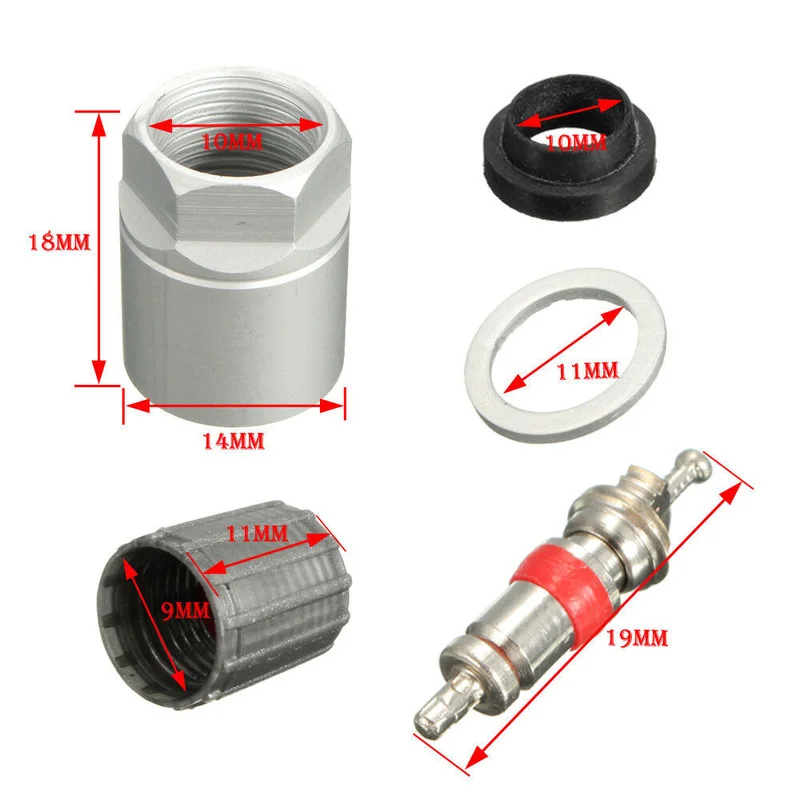 If there is no desire to check this parameter manually, you can entrust this to electronics. Basically, this equipment is battery-powered, and the instrument panel, in case of any malfunction, when the pressure drops below the allowable one, turns on the control lamp. In order for the readings to be as accurate as possible, four devices are needed, while each tire pressure monitoring sensor has its own separate battery and transmits data to the control module.
If there is no desire to check this parameter manually, you can entrust this to electronics. Basically, this equipment is battery-powered, and the instrument panel, in case of any malfunction, when the pressure drops below the allowable one, turns on the control lamp. In order for the readings to be as accurate as possible, four devices are needed, while each tire pressure monitoring sensor has its own separate battery and transmits data to the control module.
Today there are two types of such devices: external tire pressure sensors and internal ones. If you have several cars, or you are fond of "off-road" on your favorite SUV, then the first option will be more suitable for you, since external devices are mounted directly on the nipple, and they can be quite easily rearranged from one rubber to another.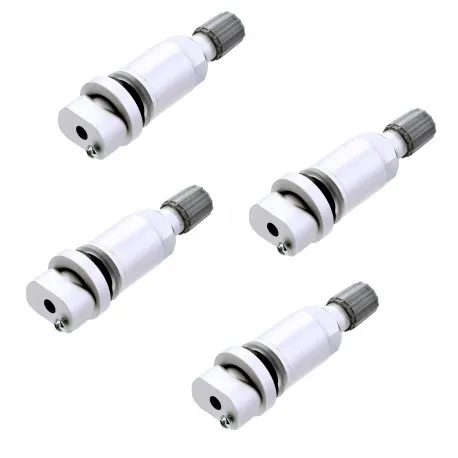 The internal ones, which already belong to the new generation, are attached to the car disc instead of the mouthpiece. Such a tire pressure indicator sensor is lightweight, so there can be no problems with its installation, and if you wish, you can do it yourself.
The internal ones, which already belong to the new generation, are attached to the car disc instead of the mouthpiece. Such a tire pressure indicator sensor is lightweight, so there can be no problems with its installation, and if you wish, you can do it yourself.
The battery, located inside the sensor itself, is designed for a minimum of seven years of uninterrupted operation.
The installation of tire pressure sensors will take quite a bit of time, but, in this way, it will be possible to fully control the situation, because, as you know, a pressure difference of just a few tenths of a bar cannot be visually determined. But, as research shows, a difference of only 0.4 bar for the front and 0.6 for the rear wheels is critical, which means that your car is completely beyond your control and can behave quite unpredictably, especially in an emergency.
Mechanical damage is also quite common, such as a broken nipple, most often this is due to a road surface that is far from ideal. However, sometimes such a breakdown can also occur through the fault of the owner, for example, if he inaccurately unscrews the tire pressure indicator caps, etc. Naturally, it is quite easy to notice such malfunctions, only a visual inspection is enough.
What to do if the tire pressure sensor lights up, while the pressure is at the right level? As mentioned above, the device must be reset, for this you should turn off the engine, then, turning on the ignition, but without starting the engine, hold down the SET button and hold until the sound signal appears. Now you can safely start the engine and continue on your way. In case of mechanical damage, it is necessary to replace the broken element; they are quite easy to find on the shelves of specialized stores.